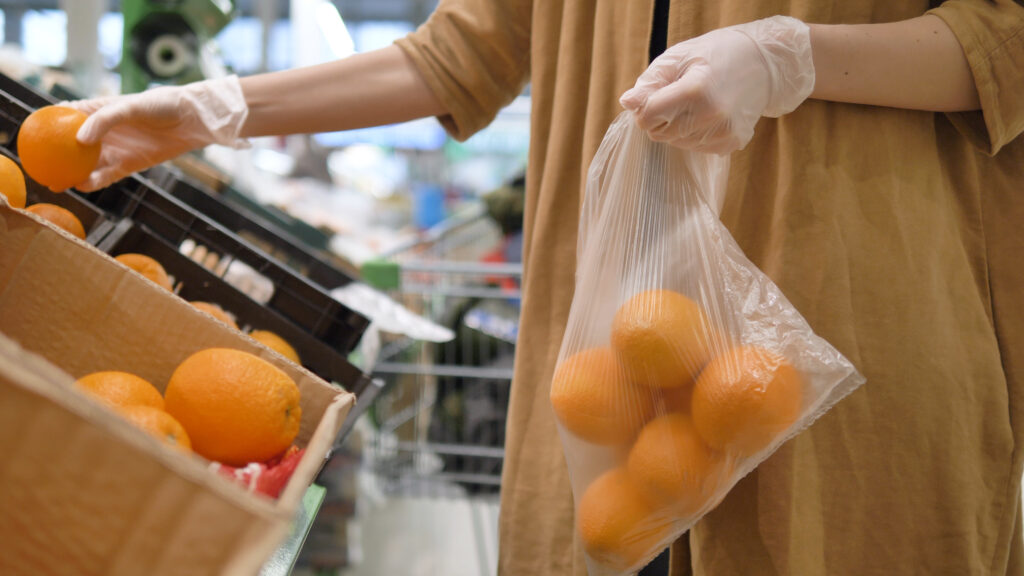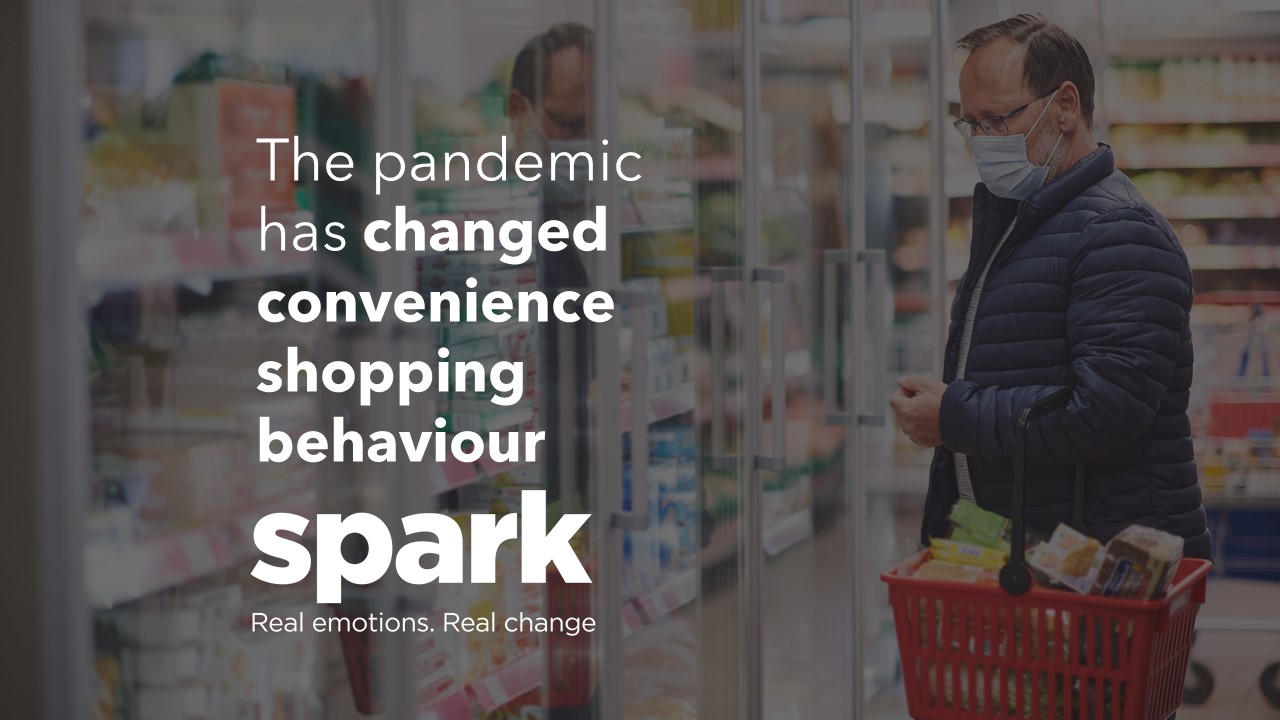The coronavirus pandemic has had a huge impact on the way people shop, especially for convenience shoppers. We’ve seen shopping behaviour change over the years and shoppers moving towards more of a ‘little and often’ style of shopping, just buying what they needed for that day or the next few days. The pandemic has almost made this behaviour step back in time, back to the weekly shop.
Mintel reported the convenience sector had nearly 8% growth this year, with supermarkets struggling to keep the shelves stocked, customers having to queue outside and people not wanting to be inside a busy building, the sector took advantage. However, the outlook looks more challenging, the convenience market is expected to decline by 3.9% next year.
We wanted to understand the reasons behind the behaviour change in the convenience sector. We spoke to a nationally representative sample to try and gain a better understanding of why this has changed.
Spark Emotions is a specialist market research company, we are experts in understanding why people behave as they do. We have a team of consumer psychologists and industry experts who turn our research into actionable insights, proven to deliver business growth (Click the link here to see how we’ve done it for our partners). Over the next few months, we will be focussing on how the shopper mindset is changing within the convenience sector.
Nearly 1/3 of people are visiting convenience stores less
We found out that nearly 1/3 of people in the UK were visiting a convenience store less than usual and half of the UK were still visiting the same amount. This was surprising as we thought we’d see a significant shift of more people visiting convenience stores to avoid the big supermarkets, it actually appears as though people are making do and waiting until their next ‘big shop’.

More than 1/3 of people are avoiding going out due to COVID-19
We wanted to drill down into some of the reasons as to why people were avoiding convenience stores and unsurprisingly 36% were avoiding going out altogether due to COVID-19. Interestingly, 1 in 10 said that they were doing fewer top up shops and more main shops. This poses a big challenge for convenience stores with less shoppers coming through the door.
Online shopping has impacted the convenience shop
Our research says that during the pandemic, 1 in 10 people have increased their online shopping and clearly this trend is set to continue. IGD figures show that online shopping still only counts for 1 in 20 shops, but this is set to grow to 1 in 10 by 2022. Whilst it is crucial to understand your online shoppers, 9 out of 10 grocery shopping trips will happen instore.
Price is a barrier for the convenience shopper
We specialise in understanding shoppers emotions and how this impacts how they feel about a store, experience or product. Our panel of shoppers used 2 main words when describing shopping in convenience stores, one being convenient, which you’d expect. But, more interestingly, shoppers describe convenience stores expensive. This is an important insight for businesses who operate within this sector. With the number of people on a convenience shopping mission being lower than before, it’s vital that these shoppers do not choose your competitor due to price.

How you can help
Understanding convenience shoppers is more important than ever. In a historically competitive market, that is now smaller than before, the battle for market share will be tough.
It is crucial to understand what’s important for customers to ensure they are choosing to shop in your store rather than your competitors. A credible product range, at an acceptable price, in a safe and hygienic store appear to be some of the key drivers as we move further into the new norm.

Written by Jack Hillaby, Head of Business Development at Spark Emotions
If you have any questions, feel free to reach out to Jack via email jack.hillaby@sparkemotions.com or connect with him on LinkedIn





